The bird flu is starting to spread through the United States in a variety of ways. While most aviation commonly encounters bird flu, the highly contagious virus rarely affects humans.
However, this H5N1 bird flu strain has resulted in many chickens and cows becoming infected. Humans can likely become infected with the bird flu if the virus spreads to this common source of protein.
The Second Person in the US Is Infected
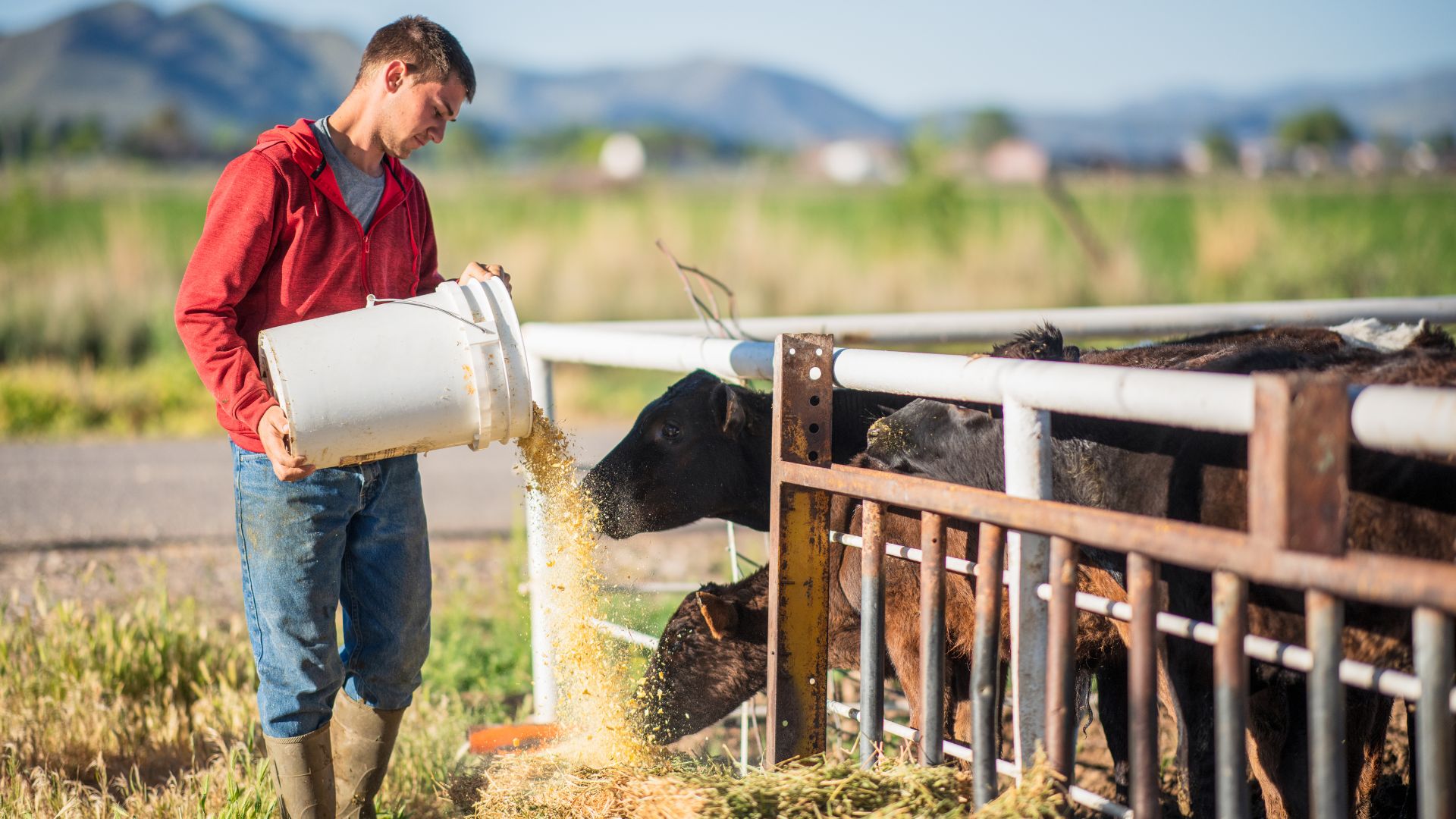
For the first time, researchers have discovered the disease in dairy cattle in Texas, and a dairy cattle farmer has become the second person in the US to contract the disease.
Researchers Worry for a Spike in Mortality Rates

According to the Centers for Disease Control and Prevention, the first person who contracted HPAI A, or H5N1, was in contact with infected poultry and became sick in 2022.
Researchers are becoming increasingly concerned about a spike in mortality rates in humans as possibly infected animal products could enter the market and be consumed by unexpected shoppers.
The Virus Could Jump to Pigs
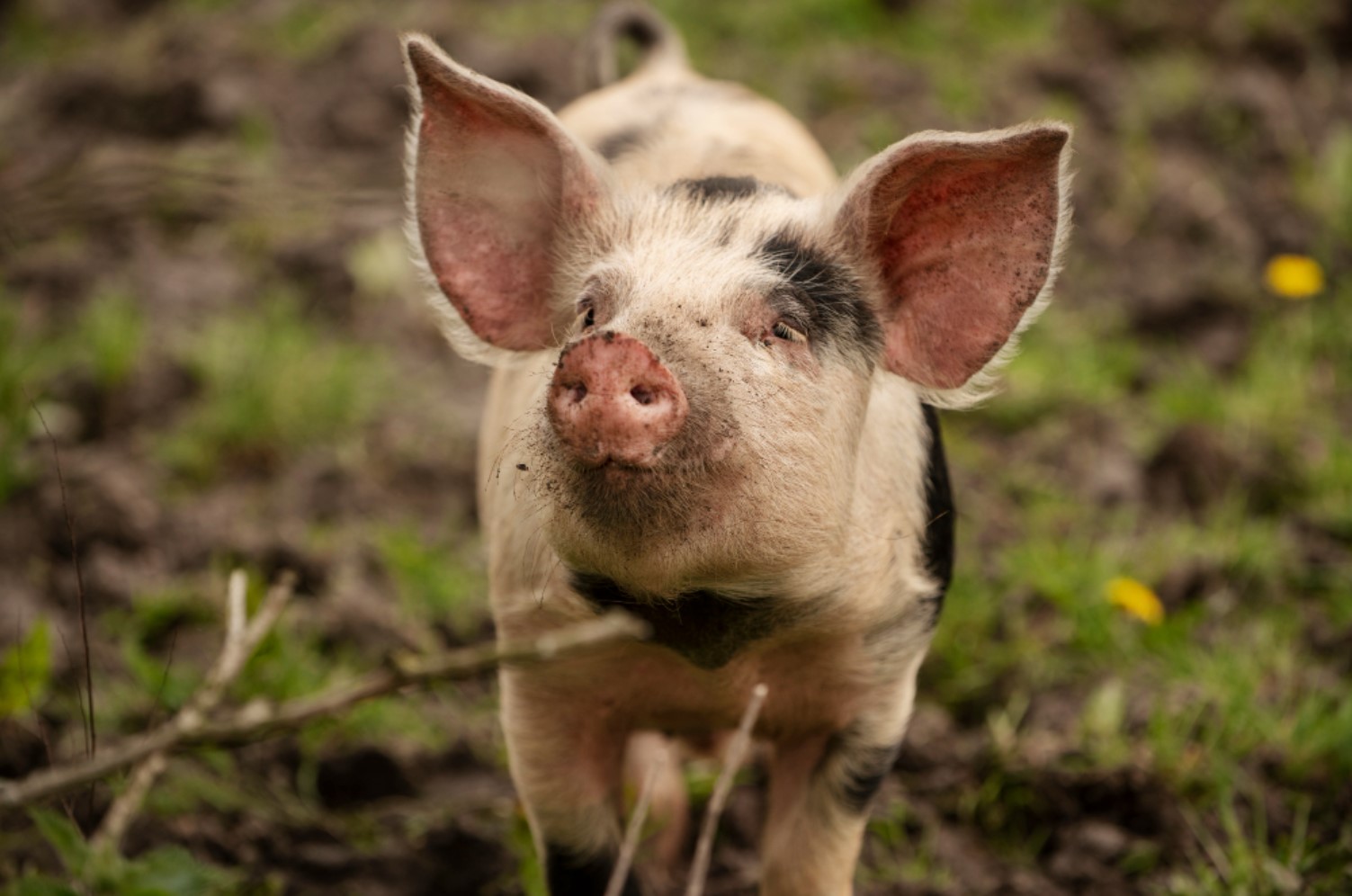
As more and more birds and dairy cows become infected, public health officials are warning that more humans are likely to become infected if the virus strain makes its way to pigs.
This is because pigs are genetically closer to humans, and could act as a prime reservoir for the viruses to mutate into something that could turn into a widespread pandemic for people.
Pigs Could Easily Become Infected
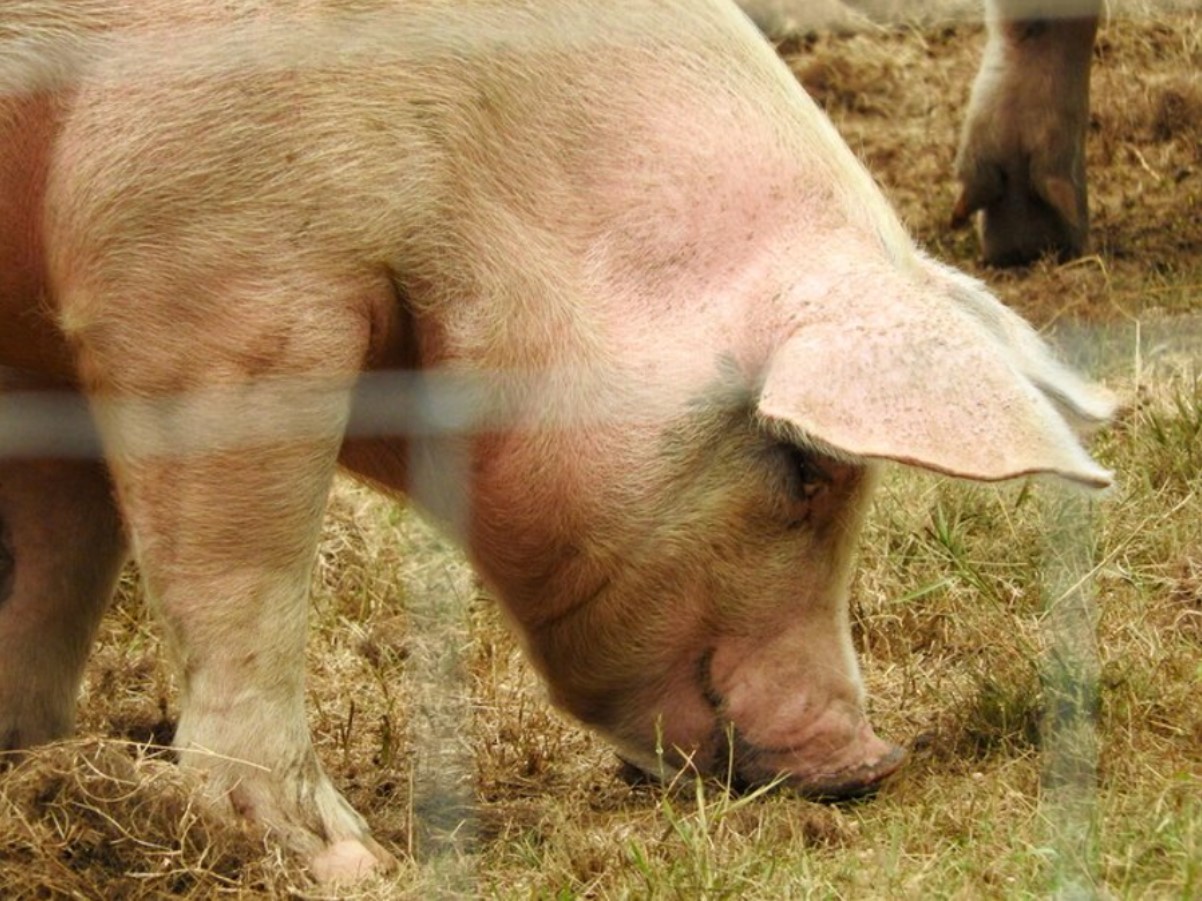
Teams led by Kansas State University scientists reported that pigs are highly susceptible to the H5N1. This virus differs from the B3.13 genotype currently spreading in US dairy cows, but it raises concerns. Researchers state that mink-to-mink transmission is evident and express concern that the virus is increasingly adapting to mammals.
Why Is This Bad News to You?

A new study suggests (via Salon) that dairy cows might have the same potential as pigs to spread the virus to humans. Preliminary data shows that the virus can jump between cows and birds thanks to a specific receptor.
That specific trait might allow the virus to adapt to mammals, mutating in a way that allows it to find a comfortable host in humans.
Pigs Could Easily Spread the Virus to Humans
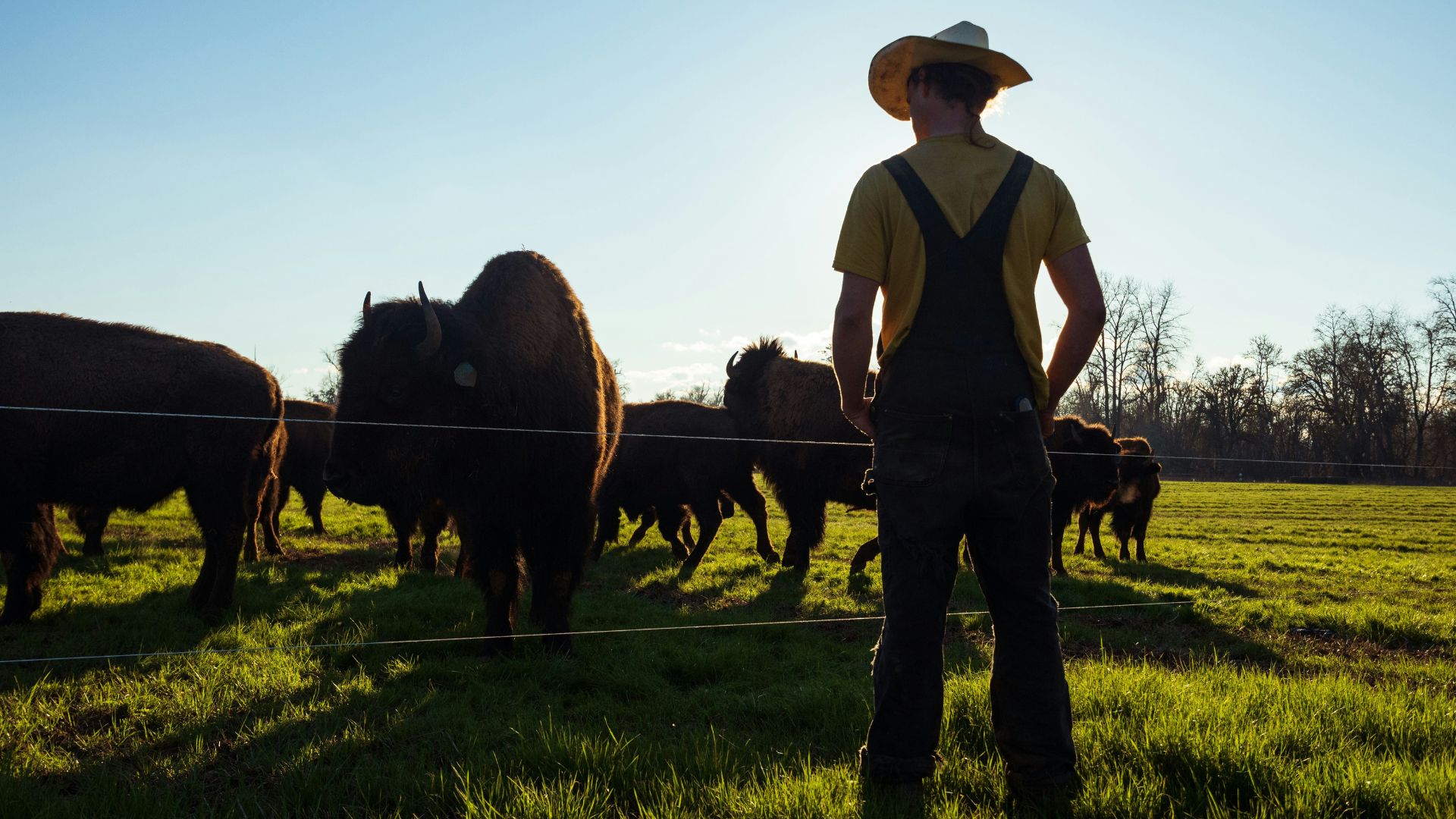
“The biggest question is whether cows are mixing vessels like pigs; pigs are well-known mixing vessels for influenza because they have both avian and human receptors and that allows a virus to mutate pretty easily and to make it more susceptible to humans,” Katelyn Jetelina, an epidemiologist, told Salon.
Jetelina continued: “And this preprint said that cows have both avian and human receptors in the mammary glands as well as other areas of the cow, which may suggest that they’re a mixing vessel.”
No Need to Panic

However, Jetelina says there is no need to press the panic button. The keyword in all of the research is “may.”
“Because although they have the receptor it doesn’t necessarily mean it’s active, it doesn’t necessarily mean it’s exactly how we see the dynamics playing in pigs,” she said. “So it really opens up more questions and answers at this point.”
Concern In the Number of Infected Cows
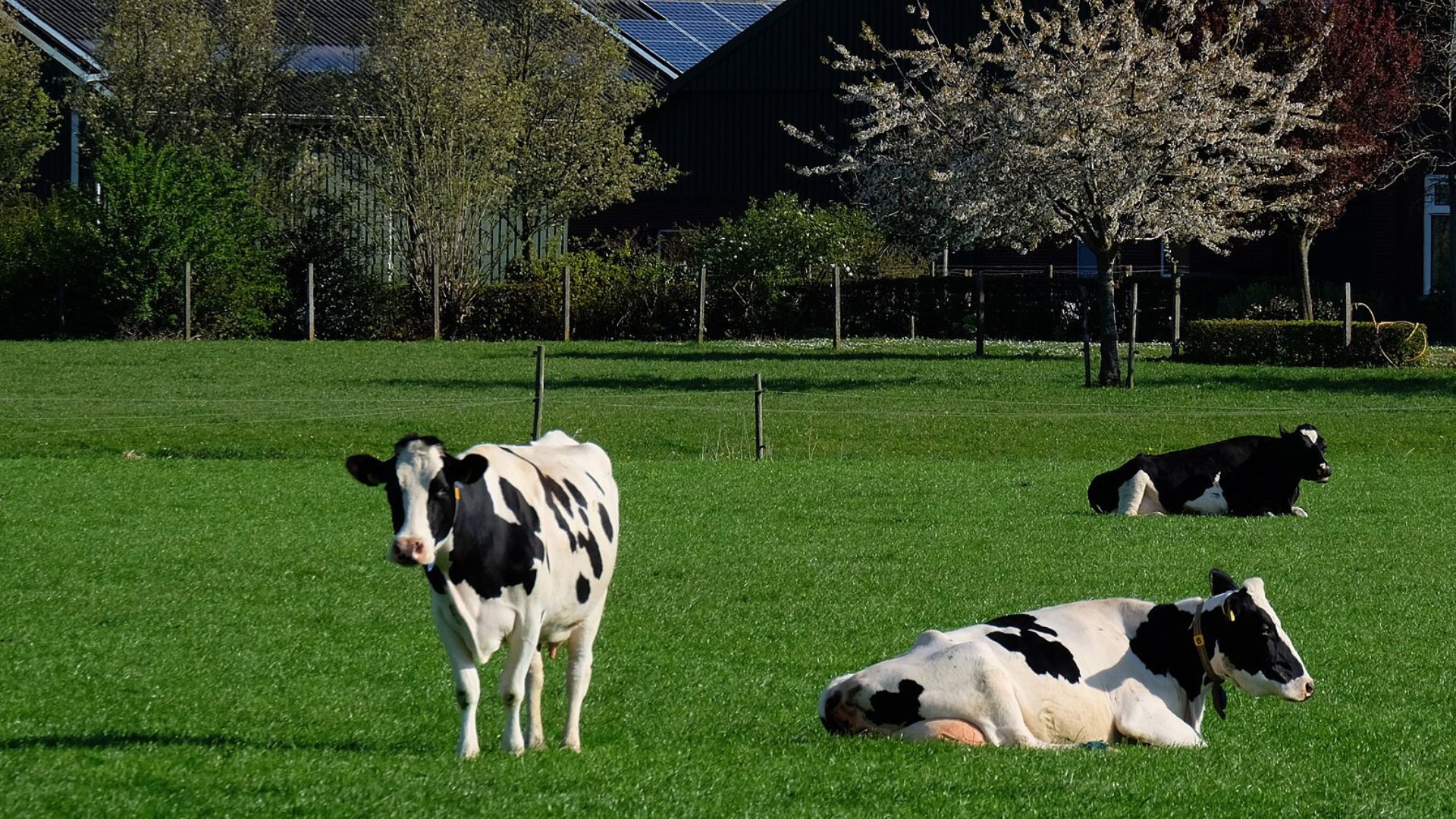
While no evidence shows that pigs can become infected with a variation of the bird flu, Dr. Fajendram Fajnarayanan of the New York Institute of Technology in Jonesboro, Arkansas says that the preliminary report “changes things a lot.”
“That means that if you let the virus collect in cows a lot, then soon you’re going to see an adaptation that’s going to pick it up in humans and other mammals,” he said to Salon.
The Chain Reaction
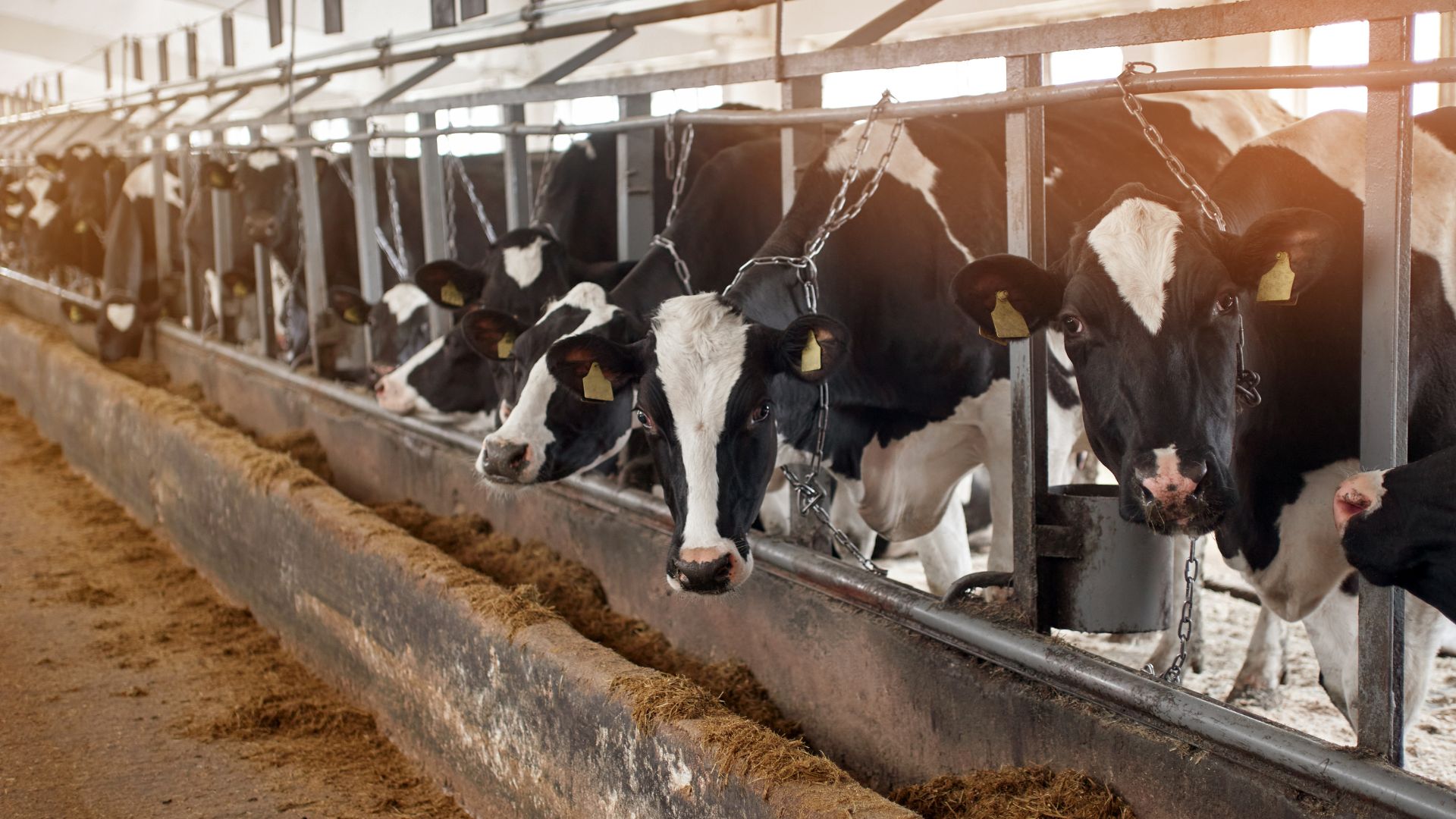
If that is the case with cows, it could become a problem for humans. This is why many analysts encourage people to be mindful of the animal products they are currently consuming.
The USDA Is Tracking the Virus
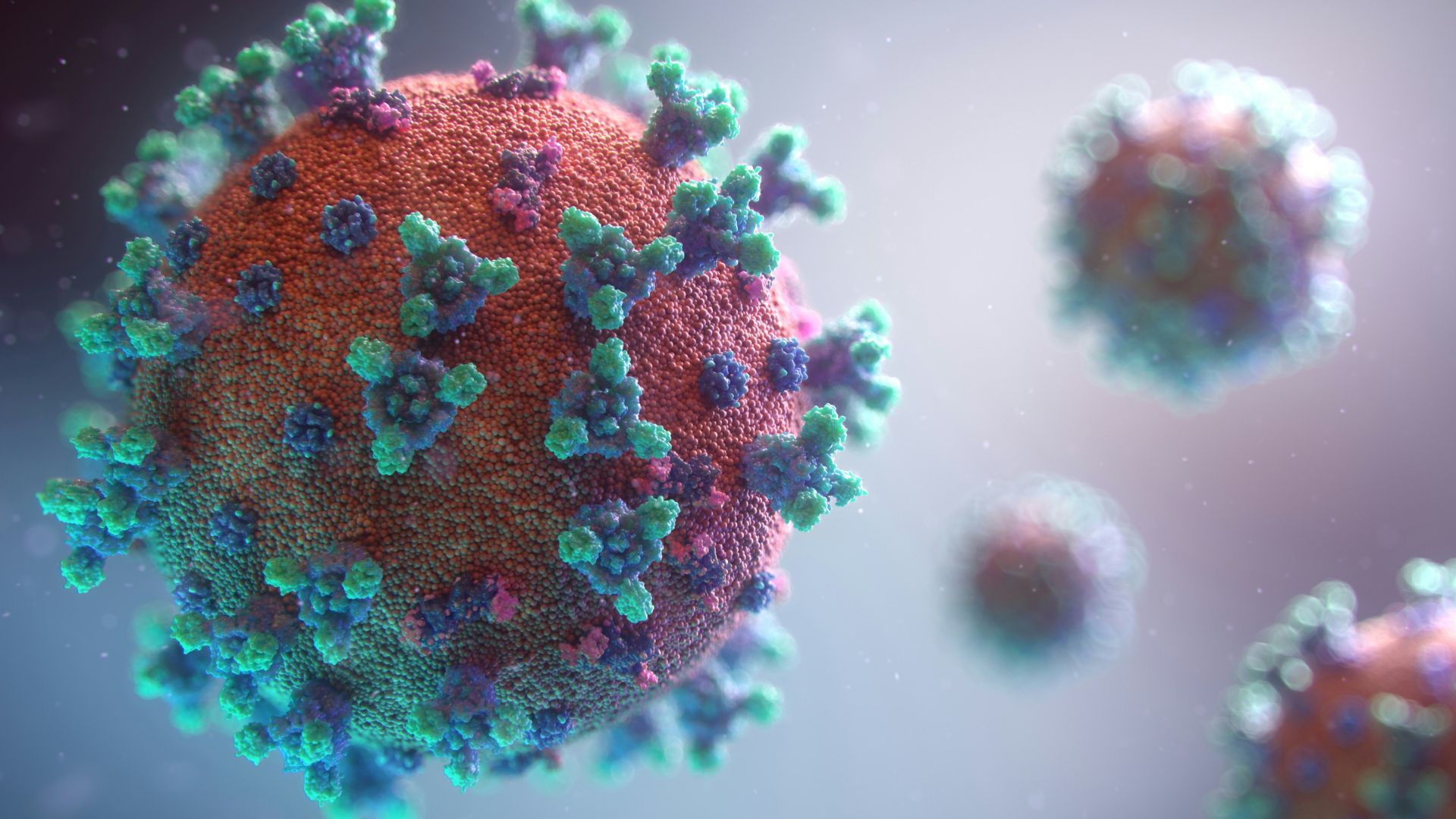
The USDA has reported data that shows at least 42 dairy cattle farms have been infected in at least nine states. However, infectious disease experts suspect that many more infected farms are not voluntarily testing their cattle.
The USDA also reported that more confirmed cases of H5N1 in poultry and wild birds exist across the US.
The CDC Attempts to Limit Human Infection
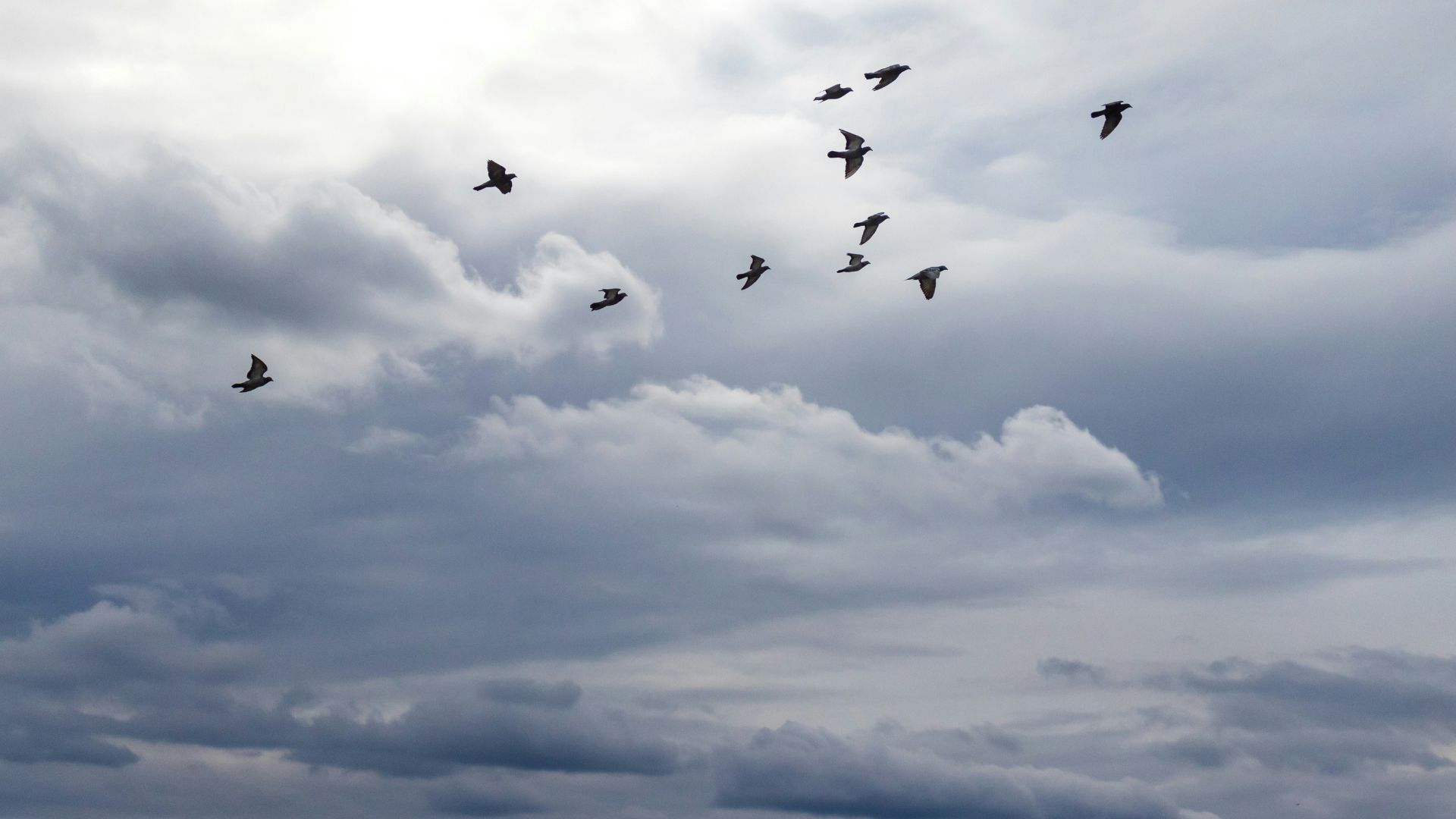
The Centers for Disease Control and Prevention (CDC) is currently working to help prevent any more humans from infection by urging state health officials to provide personal protective equipment for livestock workers.
The CDC is also tracking wastewater samples of the virus, but the findings do not indicate that the wastewater could be a source of the virus.








































